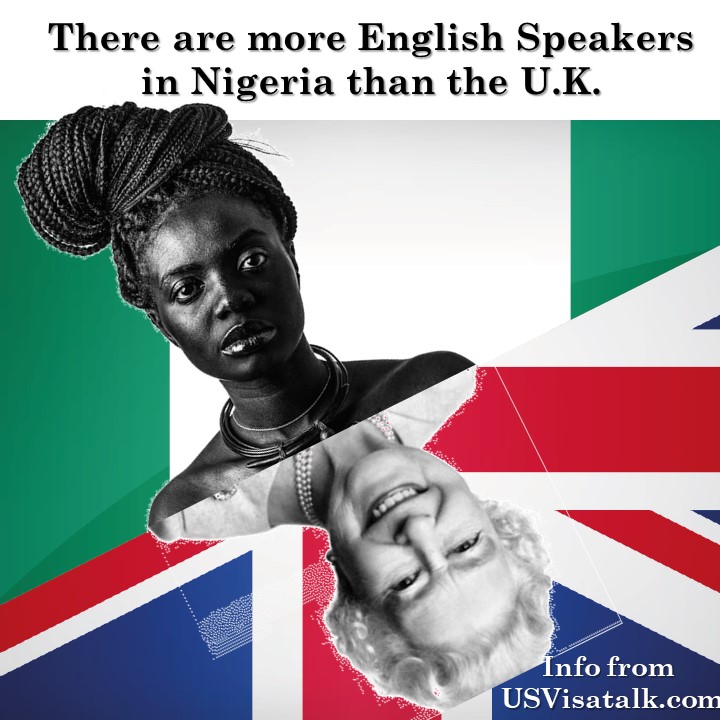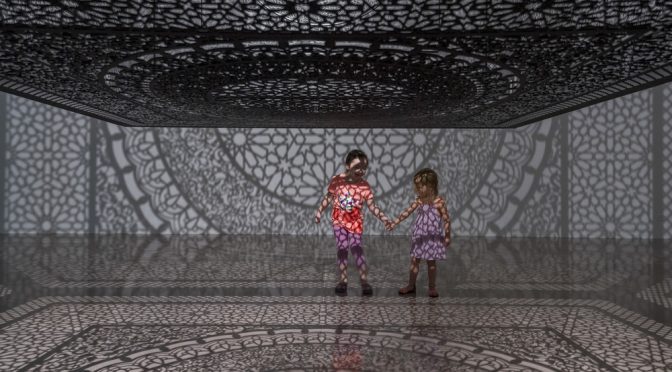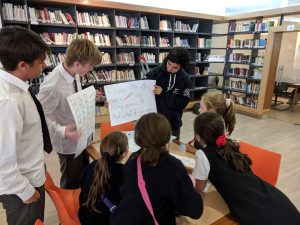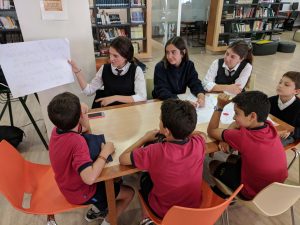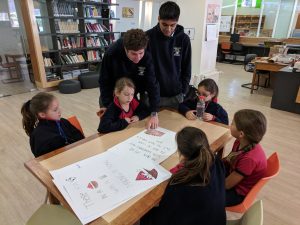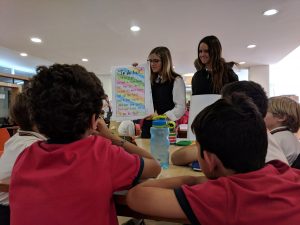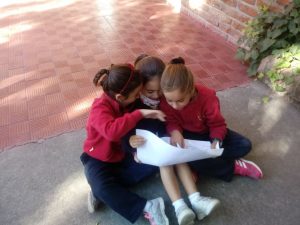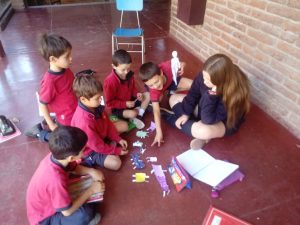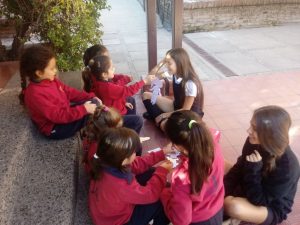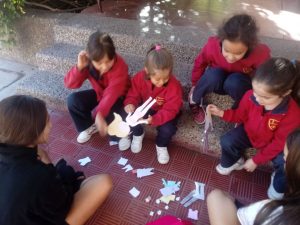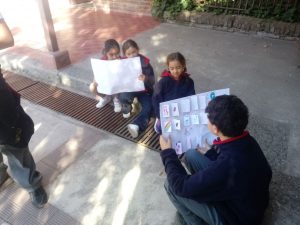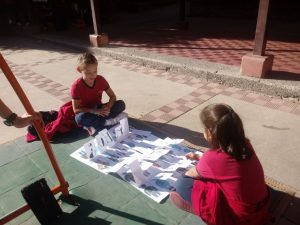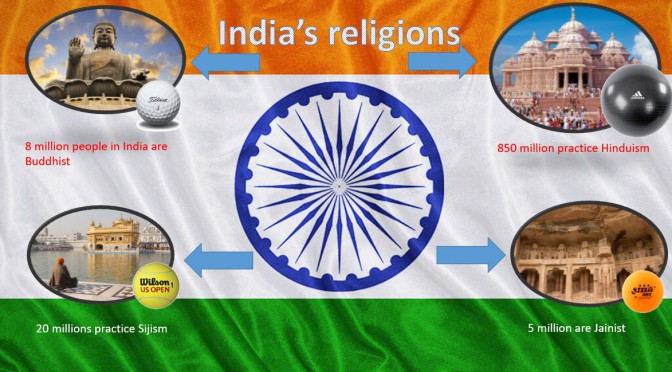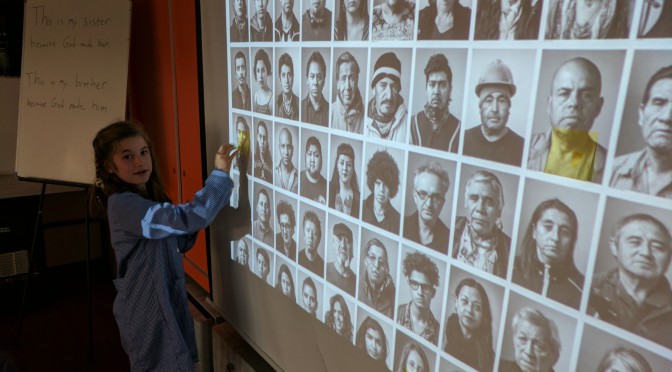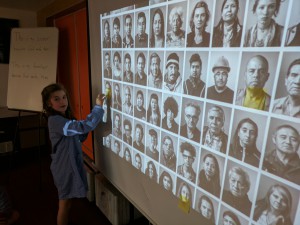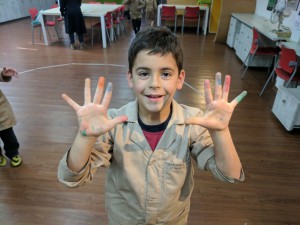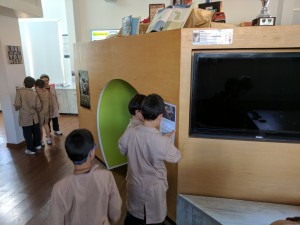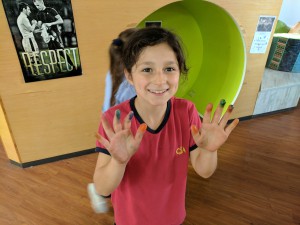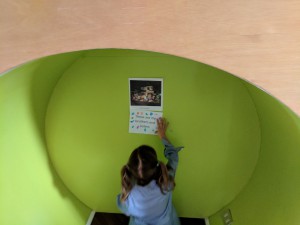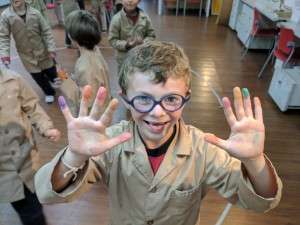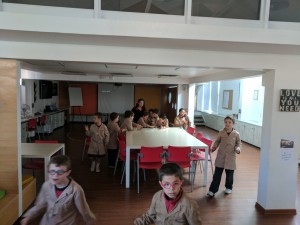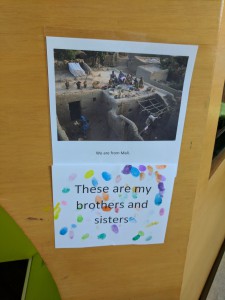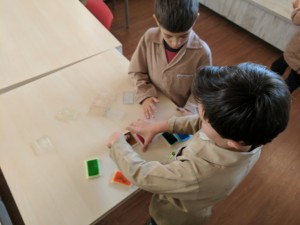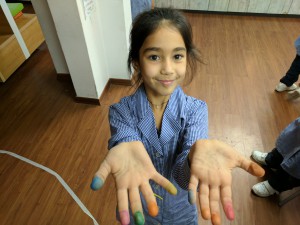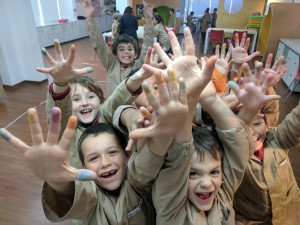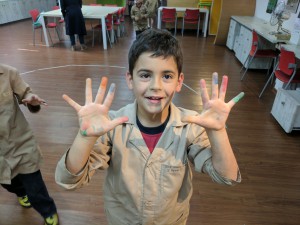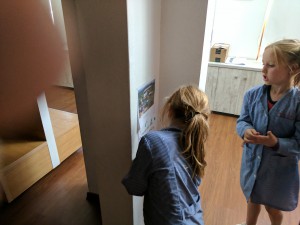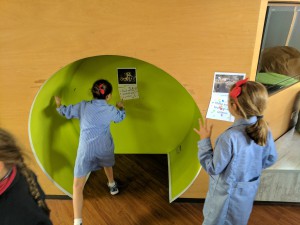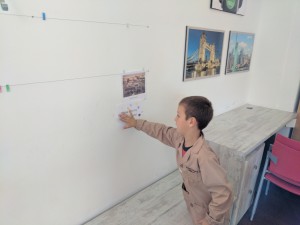Next month, to prepare for our English Day Trivia Contest, I will post fun facts about the English Day countries on Instagram. Some of you prepared something similar last year. The idea is to use powerpoint to produce 3, 4, or 5 squares with attractive images and text that share something interesting about the country. (See examples below.)
At random times in the next two months, I will post your images on the Hub Instagram, and the country with the most total likes for their images will earn points for English Day, and I will bring homemade brownies or cookies to the winners in this class. So having 5 is an advantage, and make sure they are attractive so that your classmates will “like” each of your posts.
This is your ONLY class to work on these images. So, make sure to be efficient and make all 5 if you have time. Finally, it is MANDATORY to include a reference to show where you got the information. If you do not have any source, I will not post your image. Also, you may not just copy and paste one image or infographic you found online. You have to create something new. When you download the file, you will see my examples and the way I combined text and images as an example.
First, download this file as the template (the slides must be squares!). Then make your images, and email the file to Mr. VanderZee at the end of the hour (englishexperiencehub@gmail.com).

